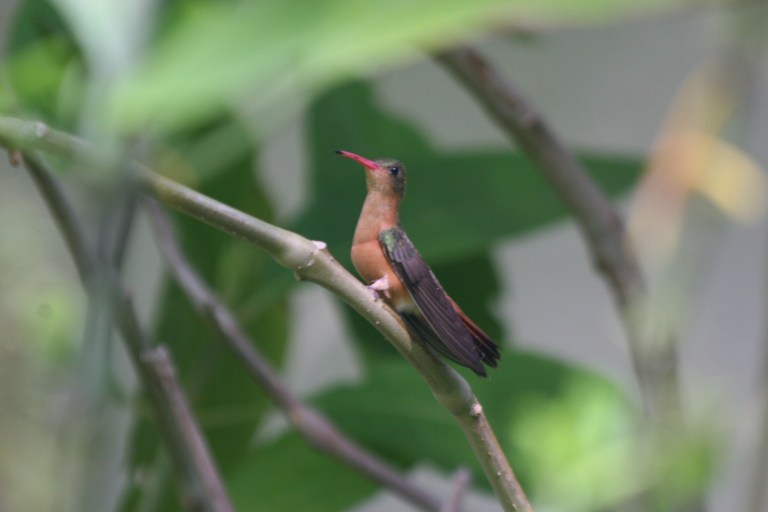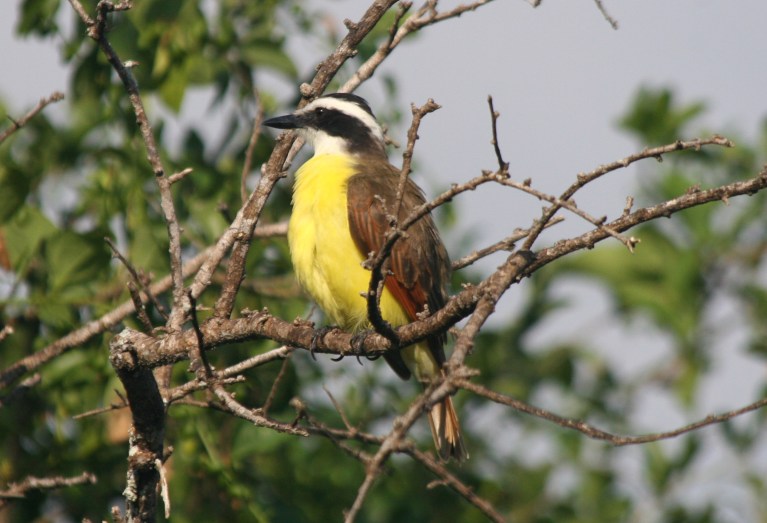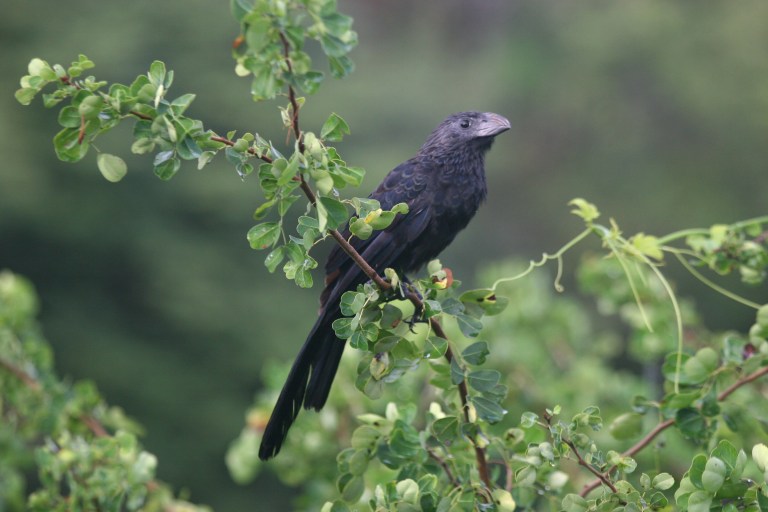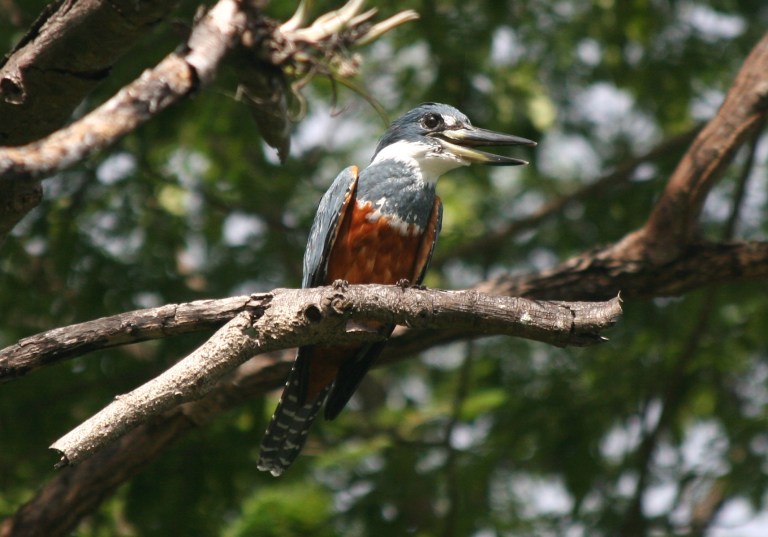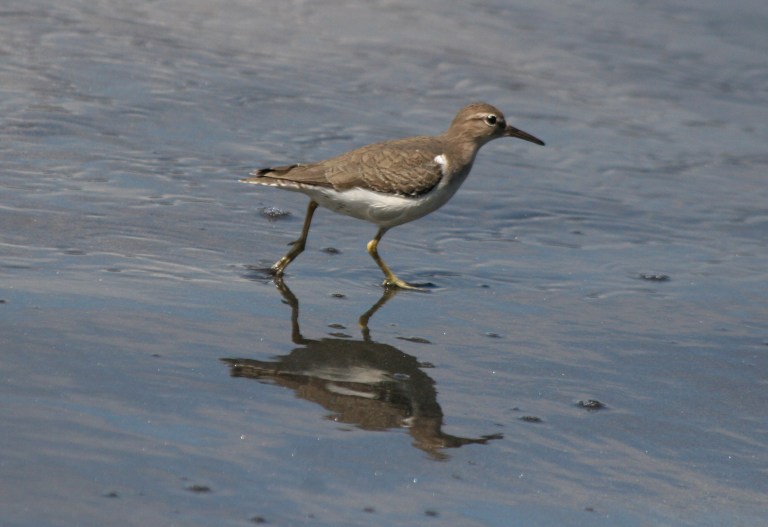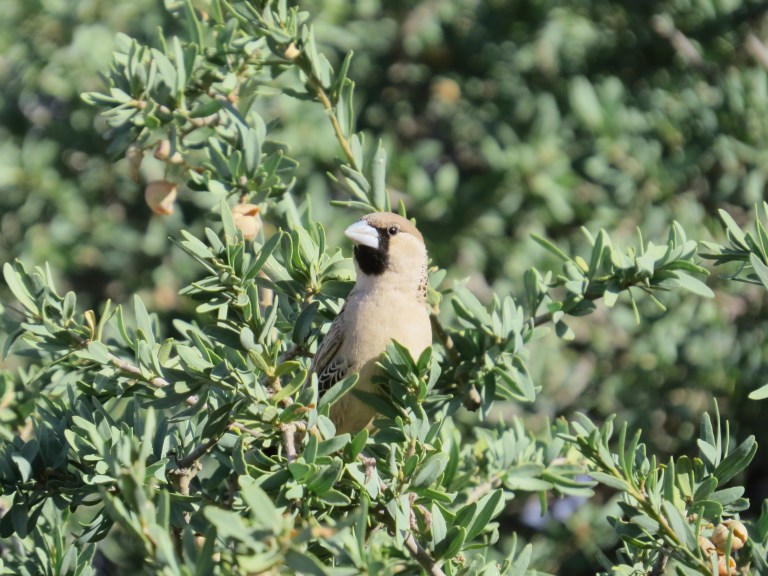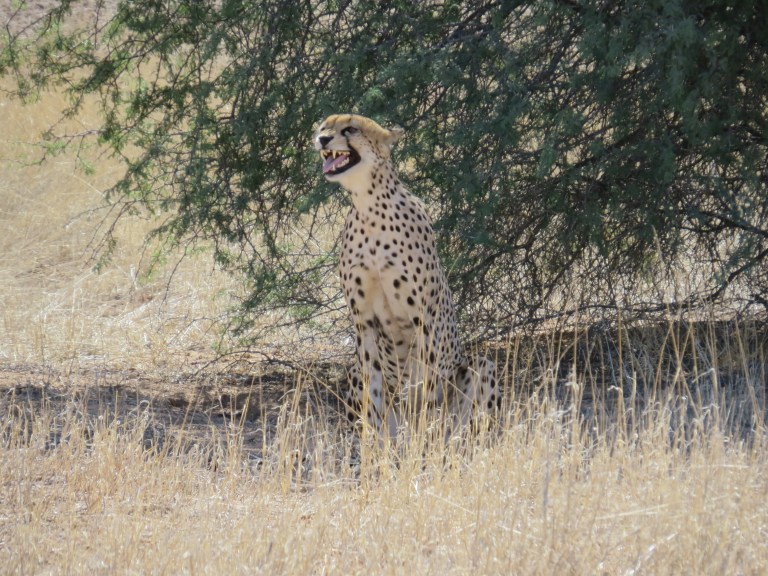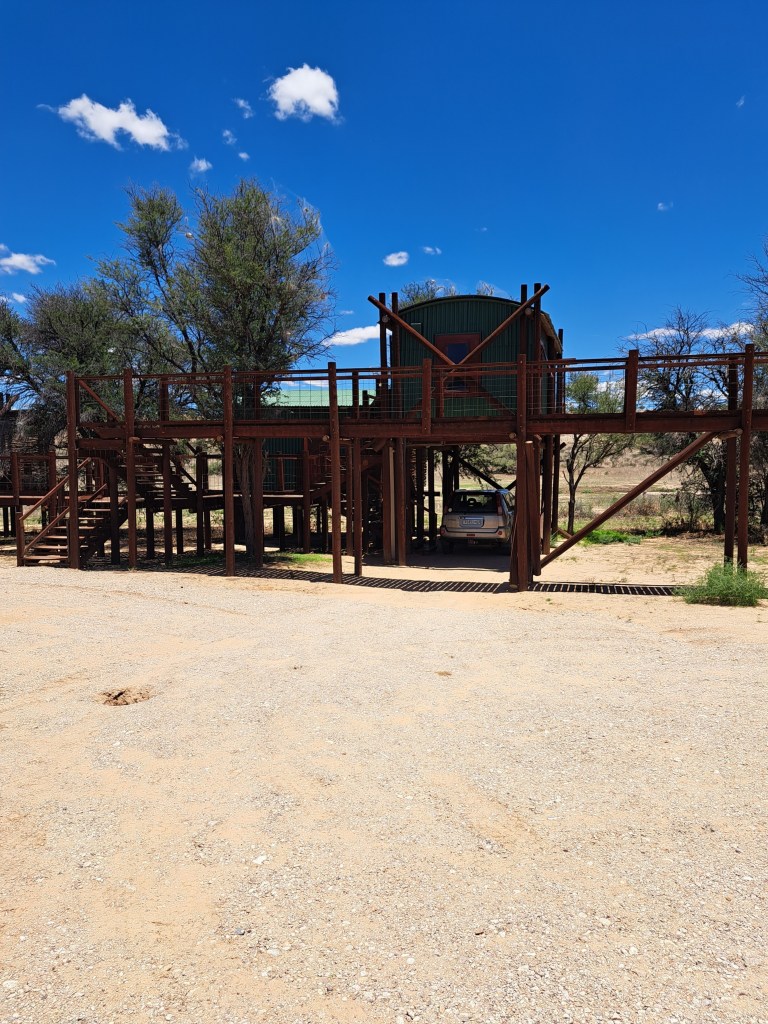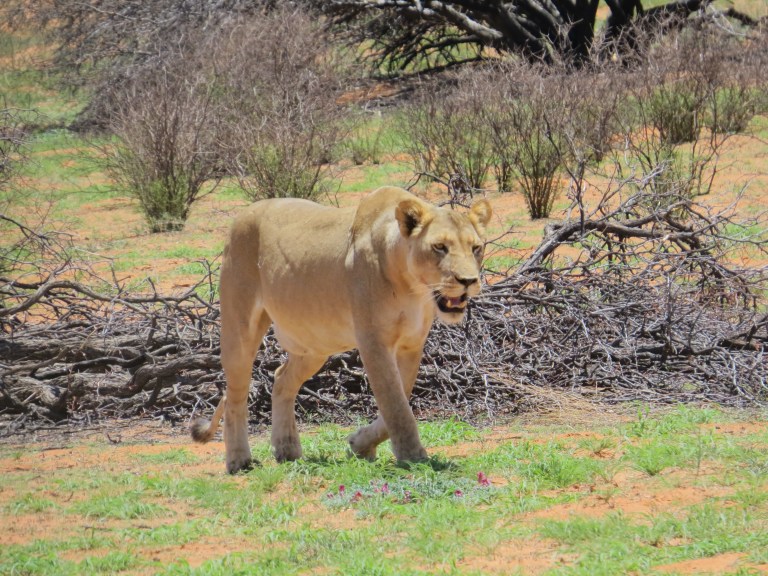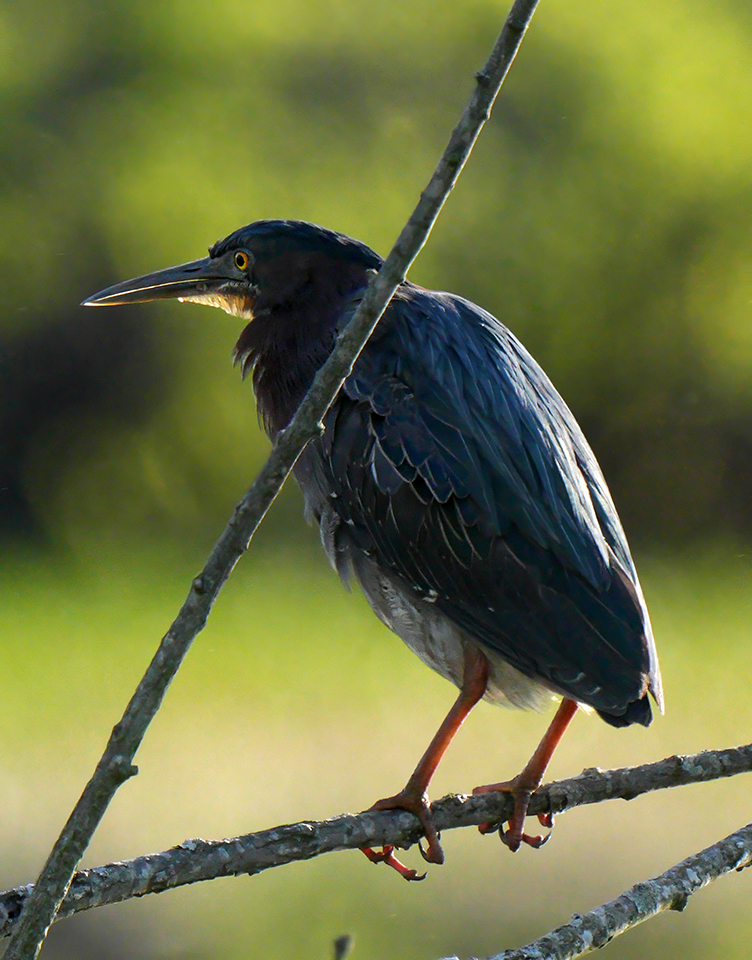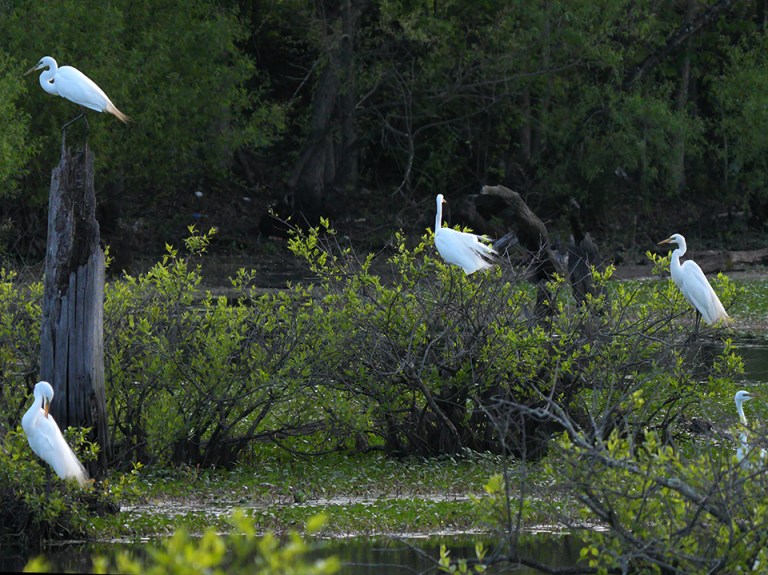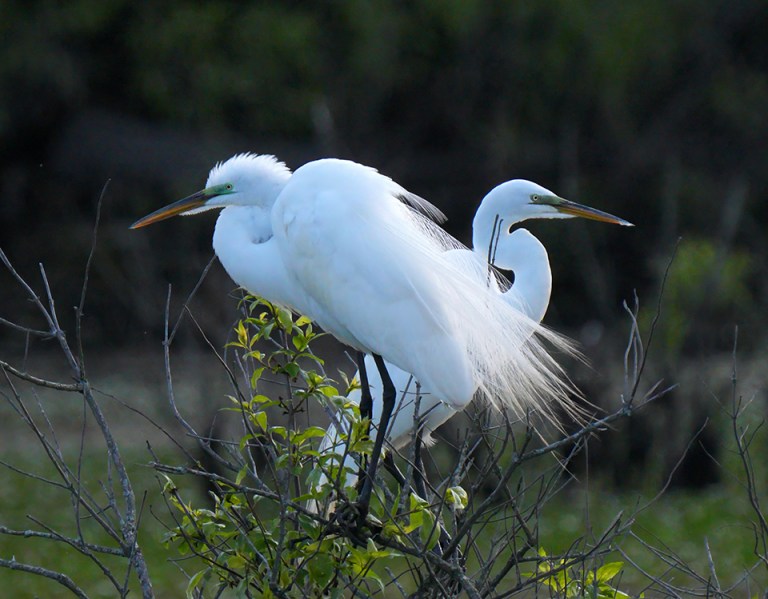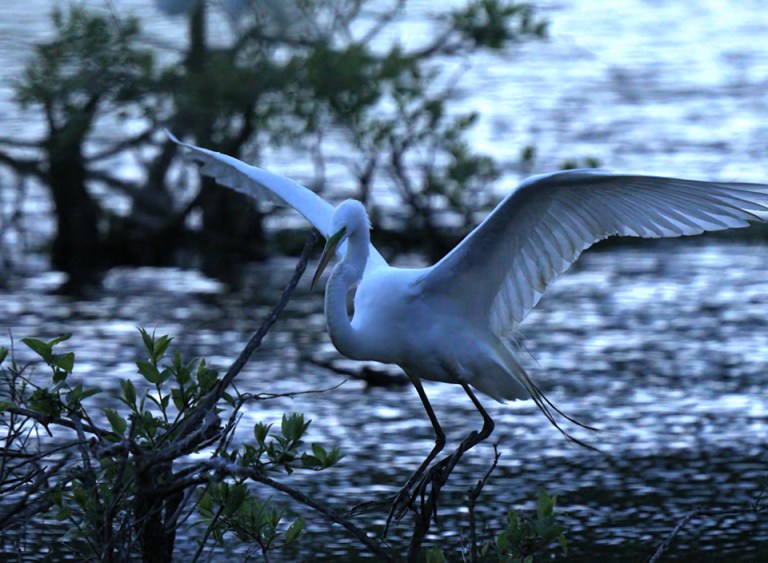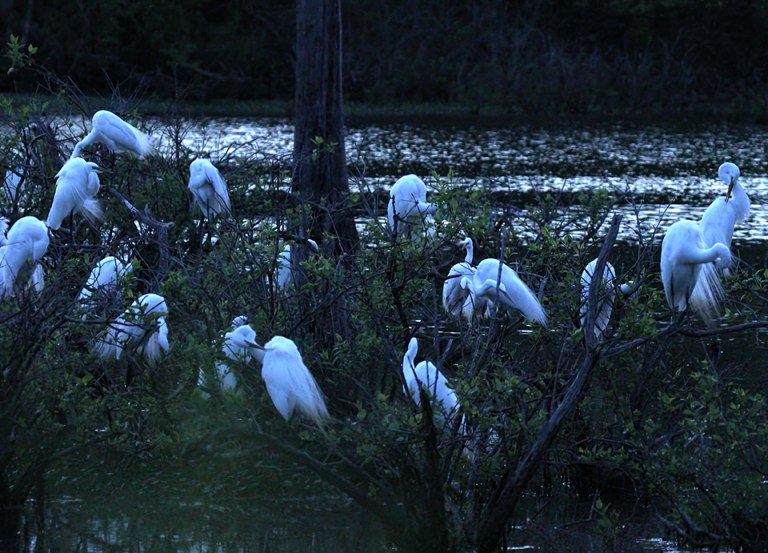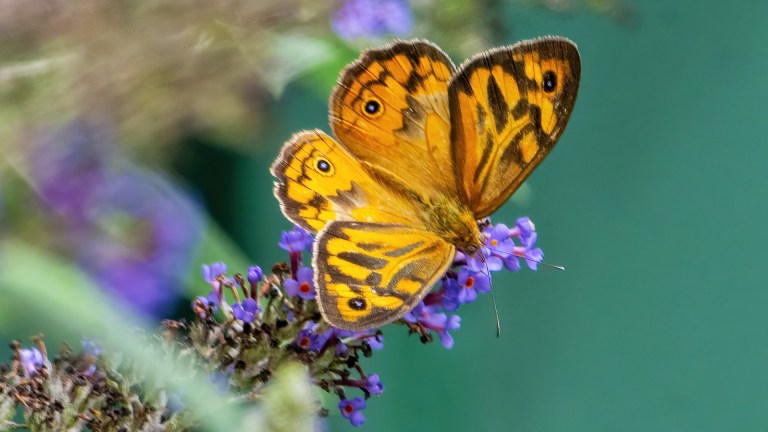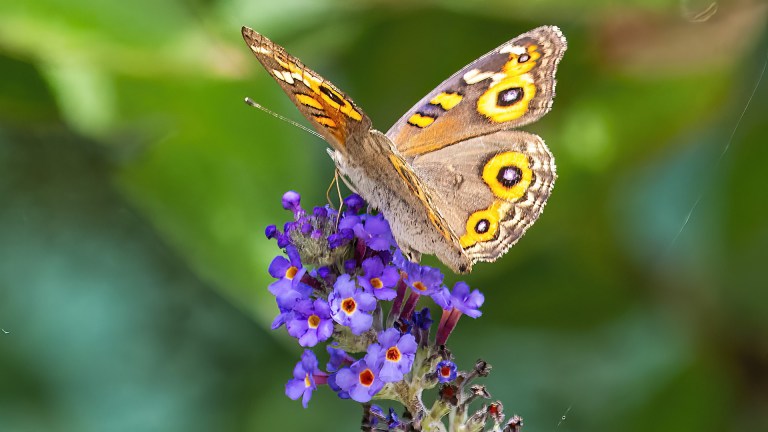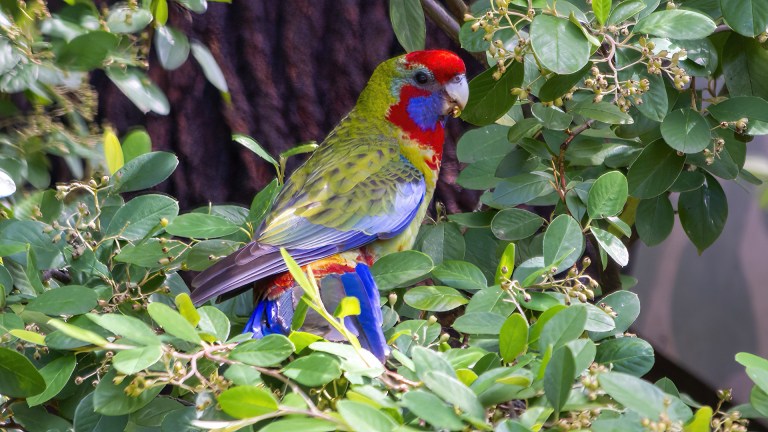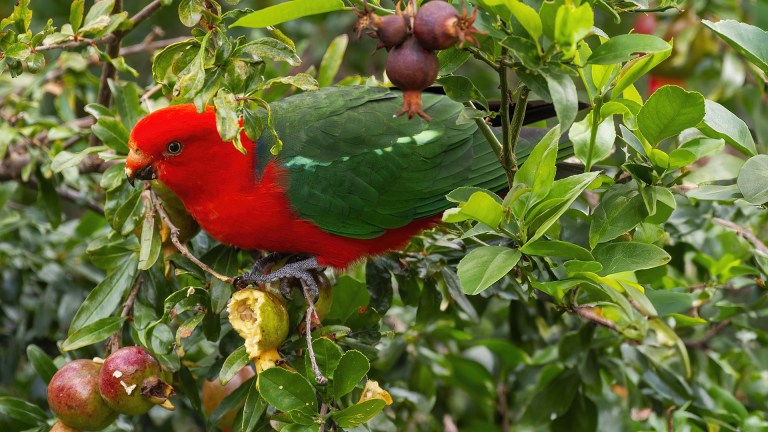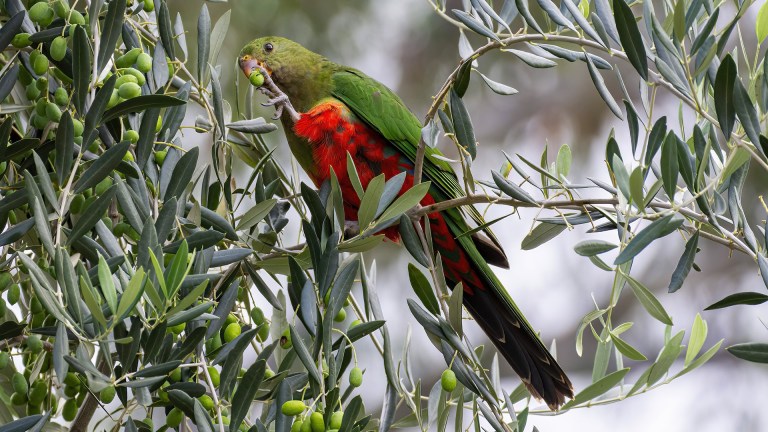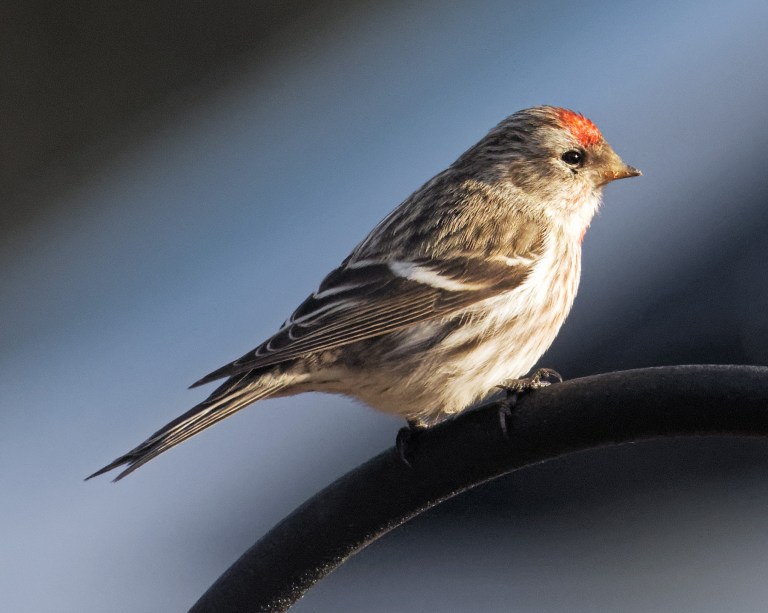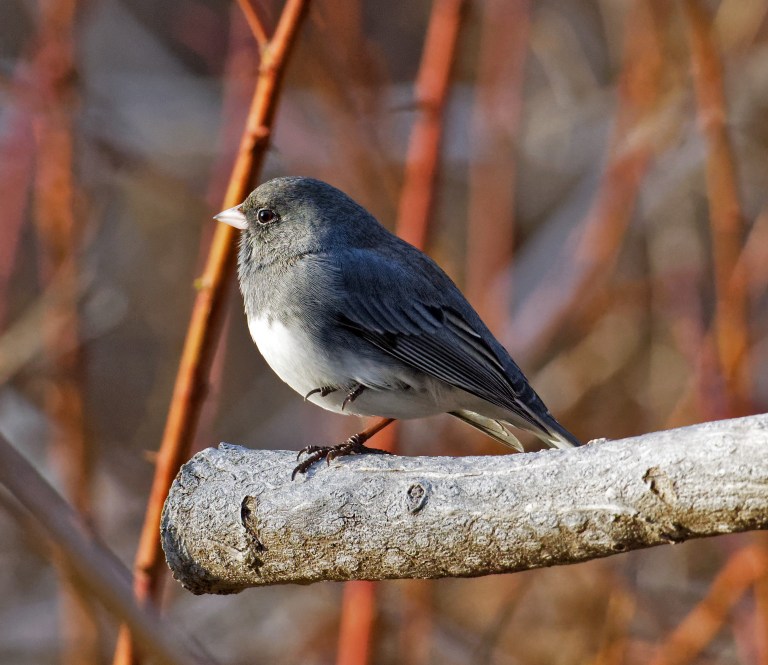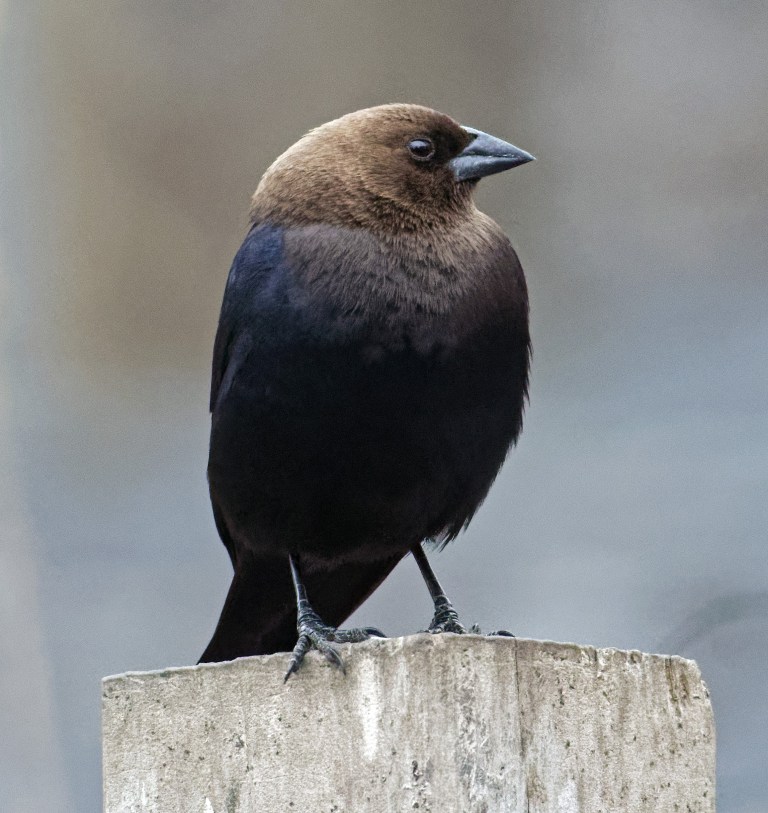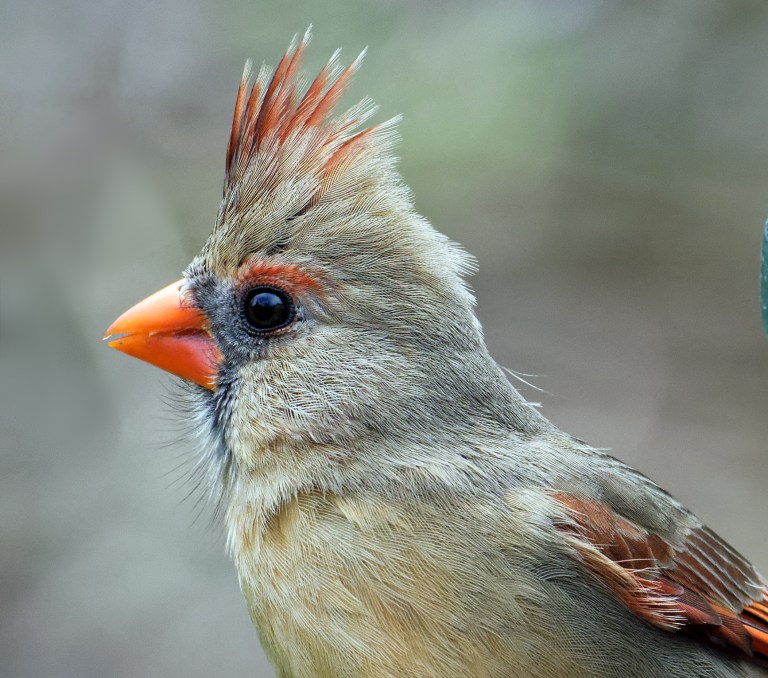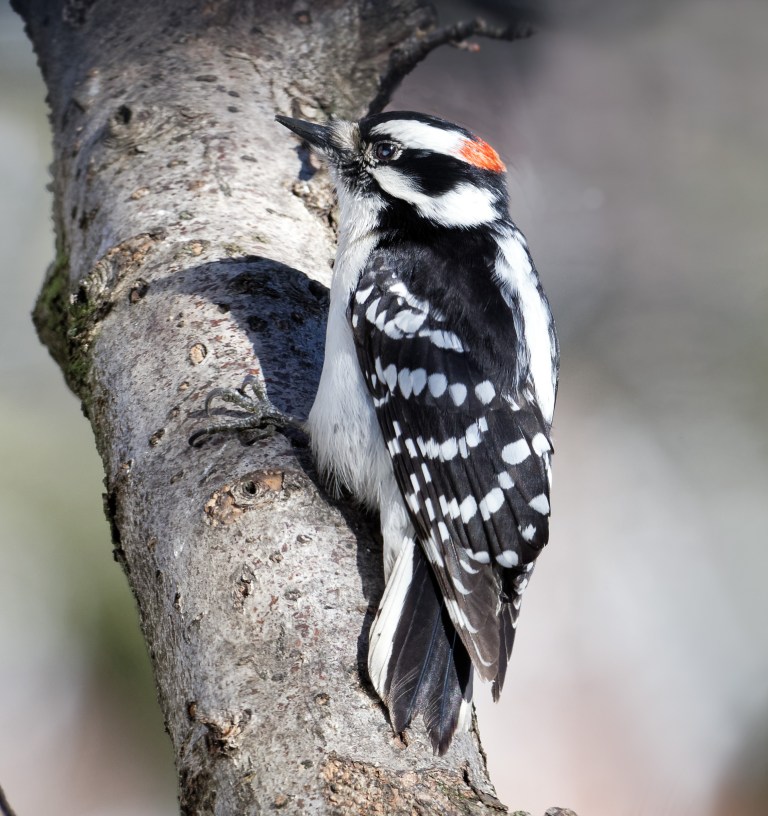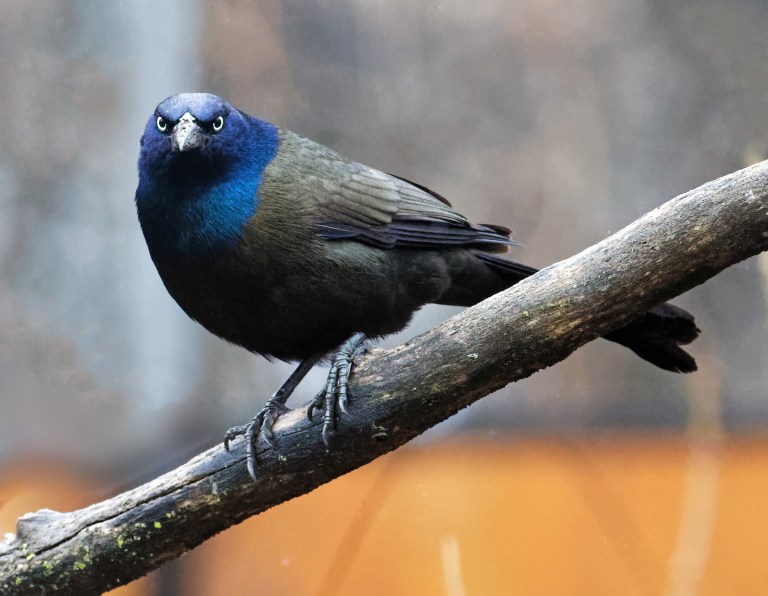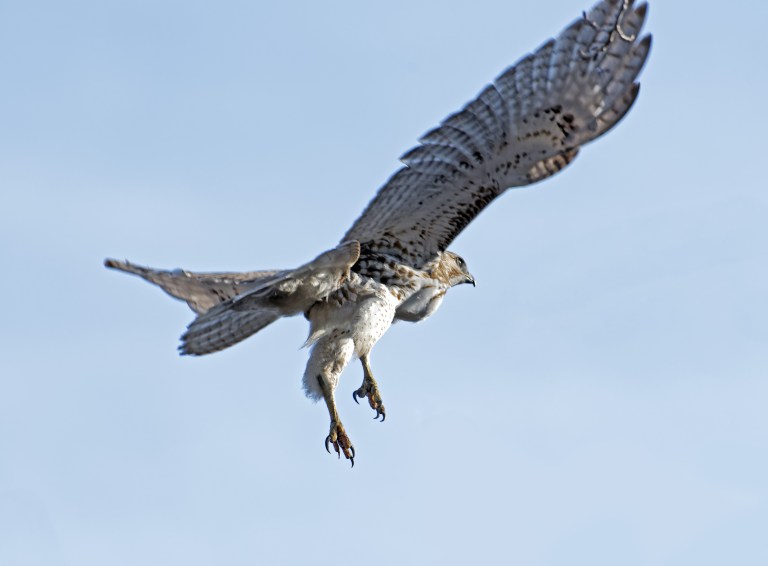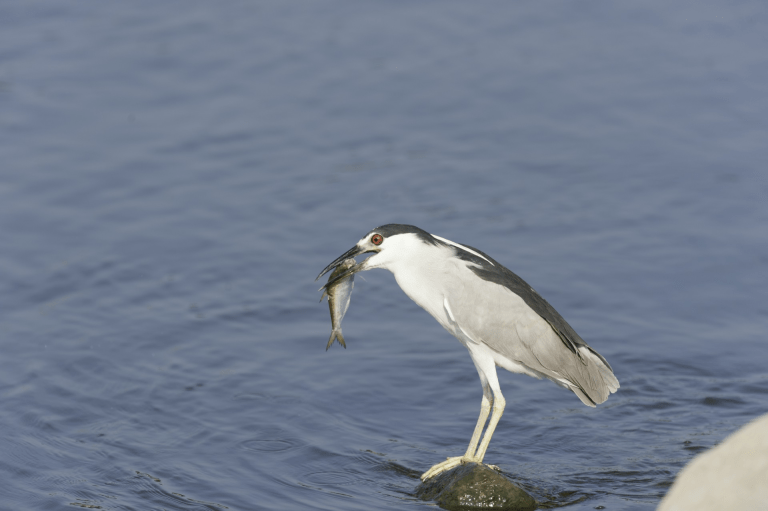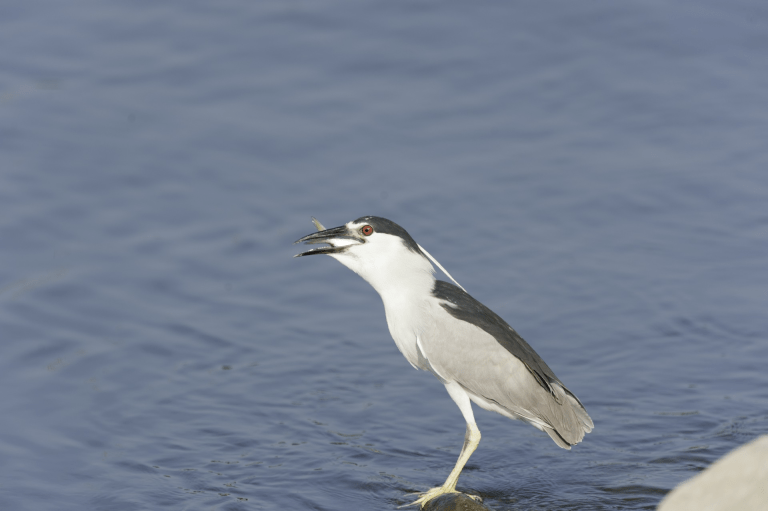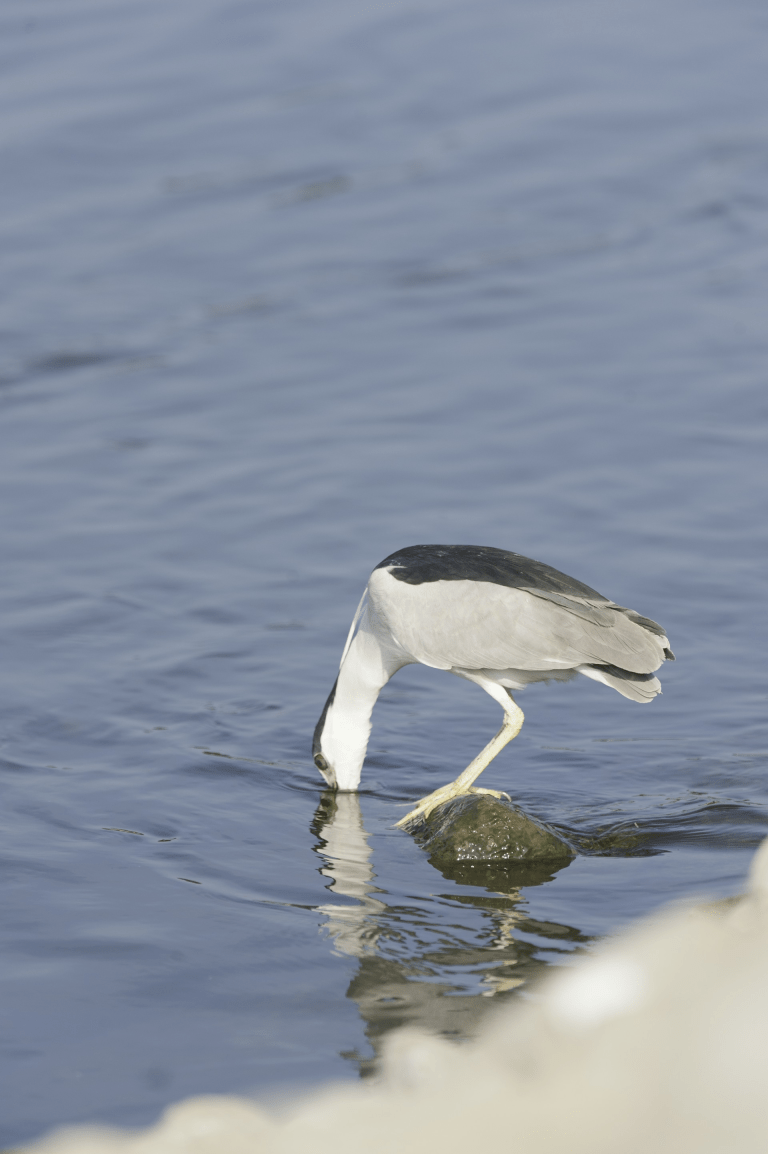Please send them in if you got them: we need wildlife photos, as the tank is dropping faster than I’d like.
Today we have photos of a part in southern Africa from reader William Terre Blanche; this is the first of two installments. His notes are indented, and you can enlarge the photos by clicking on them.
Here are some photos from a visit last year to the Kgalagadi Transfrontier Park (Kgalagadi means “place of great thirst” in the San Language).
This vast wilderness reserve used to comprise two separate game parks, the Kalahari Gemsbok National Park (South Africa) and the Gemsbok National Park (Botswana) separated by an unfenced border. However, in a historic 1999 agreement, South Africa and Botswana joined forces to create the world’s first trans-frontier nature reserve, the Kalagadi Transfrontier Park. It covers an amazing 38,000 km², an enormous conservation area across which the wildlife flows without any hindrance.
The Park is famous for its magnificent black-maned male lions, as well as an abundance of raptor species, but the beautiful desert landscape and unique atmosphere is probably what draws most return visitors there (myself included).
In December 2023, I had the privilege of spending almost 2 weeks in the park, and these are just some of the many photographs taken there (apologies, mostly birds, again..).
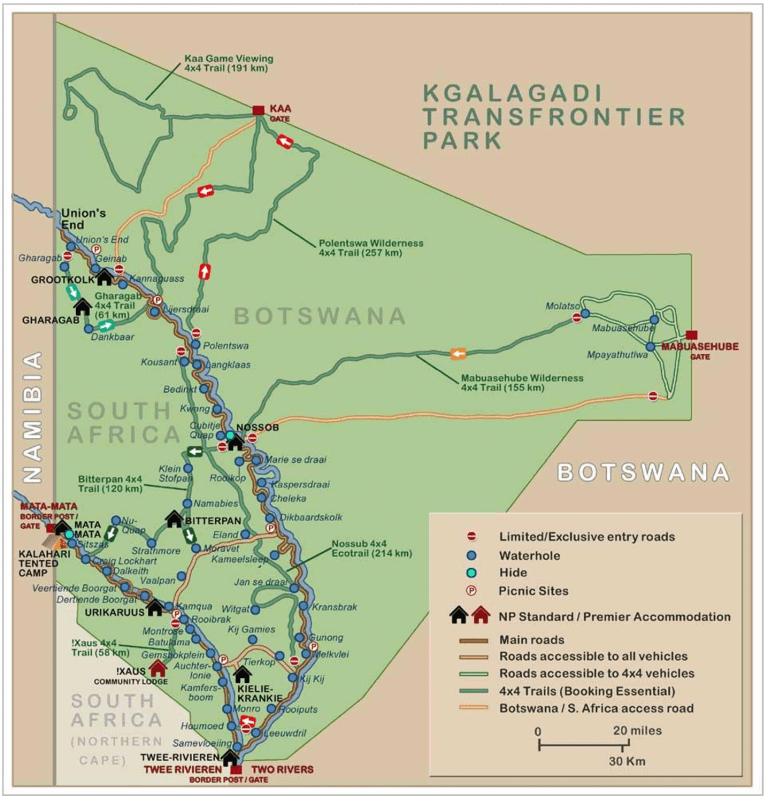
Road inside the Kgalagadi Transfrontier Park. There are only a very limited number of roads accessible to tourists inside the park, and while most of them can be done in a normal car a 4×4 vehicle is advisable:

Pygmy Falcon (Polihierax semitorquatus). The smallest diurnal raptor in South Africa (only 20cm), these delightful little birds are fairly common throughout the Kgalagadi Transfrontier Park, often perched conspicuously on a tree or bush:

Swallow-tailed Bee-eater (Merops hirundineus). Unlike most of the other bee-eaters in South Africa, it prefers a semi-arid habitat, usually on Kalahari Sands. As the name suggests, they prey on venomous as well as non-venomous bees and wasps, as well as other insects:
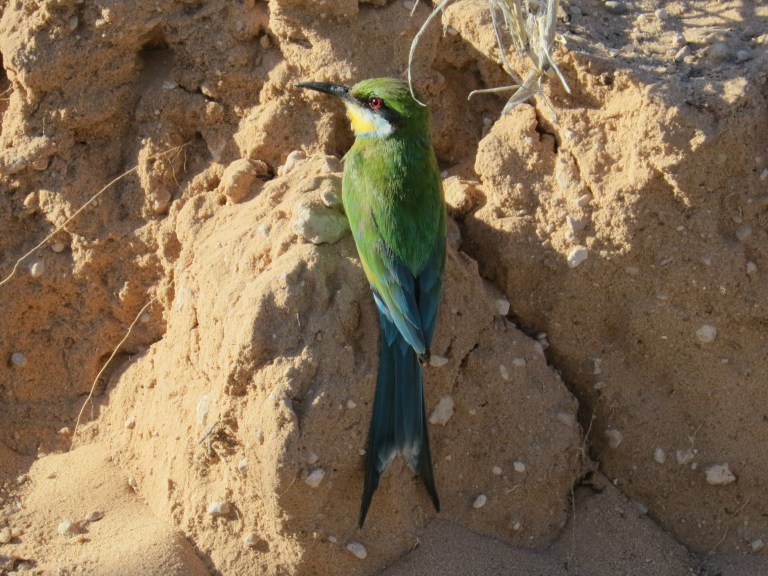
Kori Bustard (Ardeotis kori). At up to 12.5kg (27 pounds), the Kori Bustard is one of the world’s heaviest flying birds. However it spends most of its time walking across open habitat in search of a wide range of prey, including insects, lizards, chameleons, snakes, scorpions and lizards:
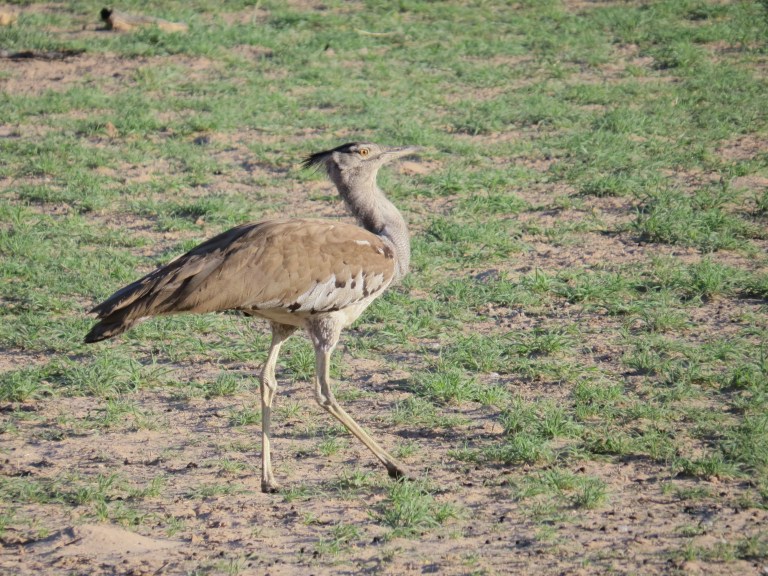
Black-chested Snake Eagle (Circaetus pectoralis). This juvenile bird seemed to be fascinated by my vehicle as I stopped under the tree in which it was perched! Their main prey species are indeed snakes, including cobras up to 1.8m long. Interestingly snakes, which are swallowed whole, enter the stomach directly without initially being stored in the crop:

Gabar Goshawk (Micronisus gabar). One of the most frequently encountered raptors in the Kgalagadi, this juvenile seemed wholly undisturbed by my presence as it went about its business in a small tree right next to the road:

Lanner Falcon (Falco biarmicus). Fairly common throughout most of South Africa, with both resident and migratory populations. Birds make up more than 80% of its prey, and the arrival of one of these at one of the waterholes in the Kgalagadi usually leads to mass panic amongst the many birds gathered there:

Common Ostrich (Struthio camelus). The flightless Ostrich is the biggest of all the birds on Earth, both in size and weight (up to 2m & 80kg), with massive eggs having an average weight of 1.4 kg. They spend most of their day walking, in this case a male bird with a number of young:
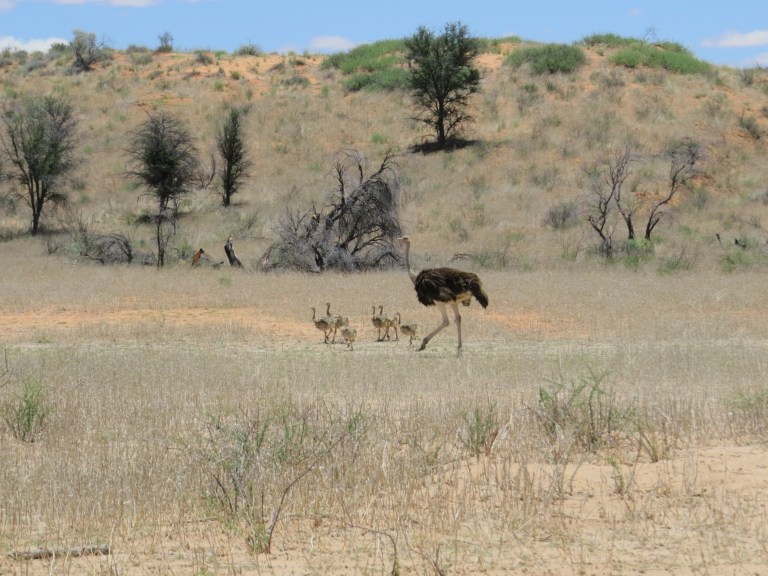
Southern White-faced Owl ( Ptilopsis granti). This sub-adult bird was hiding in a tree on a scorchingly hot day, near the northernmost point in the Kgalagadi Transfrontier Park at Unions end. This is the place where 3 countries, South Africa, Namibia and Botswana come together:

Greater Painted-snipe (Rostratula benghalensis). A rather unusual sighting since snipes are usually associated with wetland areas, but this one seemed quite content going about its business at one of the waterholes. They are polyandrous, which means that one female will mate with a number of males during a single breeding season:

